The fabulous Danube Bend

Danube Bend Danube Bend – listed on the tentative list on UNESCO World Heritage – is full of history and natural beauty. Cities of the Danube Bend, as Esztergom and Visegrad, the once upon a time capitals of the medieval Hungarian Kingdom offers plenty to see, – like the Primate Church of Hungary, the castle […]
The oldest open-air bath of Budapest, Csillaghegy
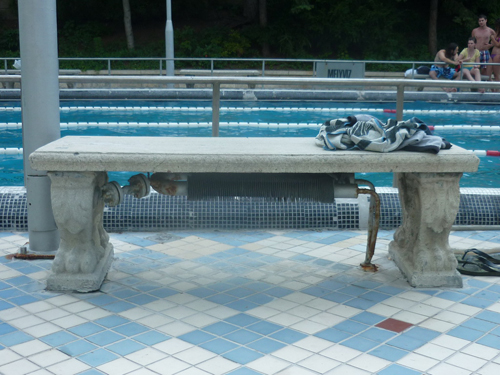
Csillaghegyi Open-air Baths is the oldest open-air bath in Budapest surrounded by a beautiful park. It started operation as early as the second half of the 19th century and has been operating in its present form since 2000. It is open even in winter, under a canvas tent roof. The open-air bath is built into […]
The youngest bath of Budapest – Paskal Bath
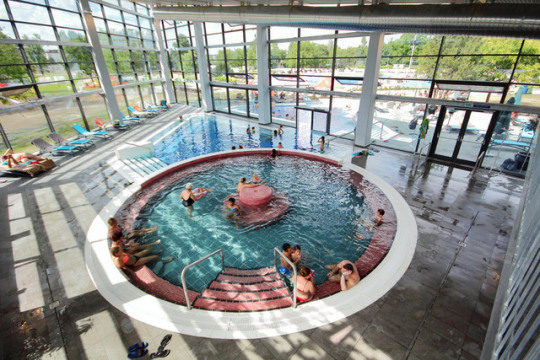
Paskal Bath is the youngest open-air bath of Budapest. The establishment of an open-air bath at this site was made available by the well-borings to a depth of 1,735 m performed in 1965, from which water of a temperature of 70°C and with a yield of 1,000 litre/min spouted up at that time. The bath itself […]
Pünkösdfürdő Bath Budapest
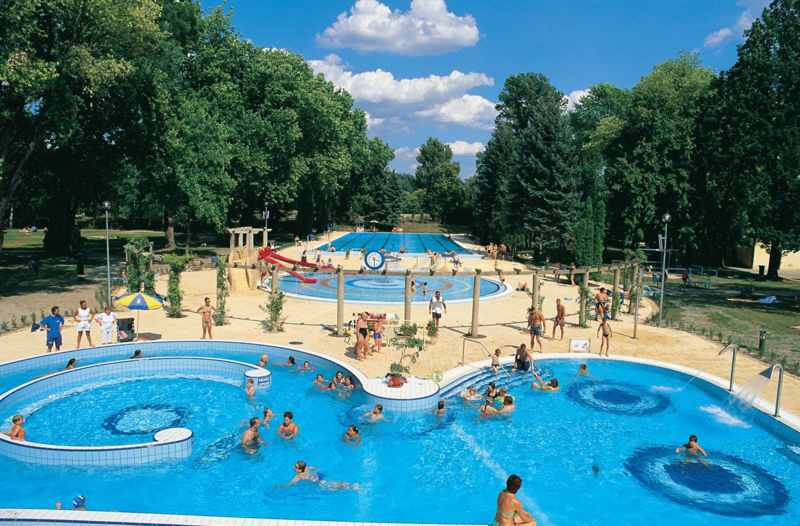
Pünkösdfürdő Bath was built in 1935 by the plans of Alfred Hajós, the first Olympic champion of Hungary in the history of modern time’s Olympic Games. No other swimmer ever won such a high fraction of all Olympic events at a single Games. In 1896 the swimming events were held in the Mediterranean Sea next to Athen, battling the elements. […]
Castle Bazaar and Royal Gardens, Budapest
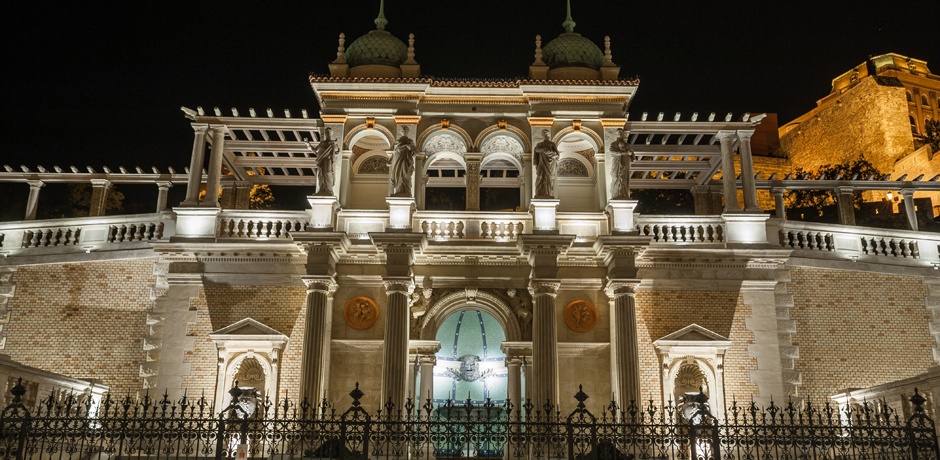
The Castle Bazaar and Baroque gardens are likely to be one of the iconic sights of the capital city Budapest. The Neo-renessaince building complex was designed by Miklós Ybl, and it was built between 1875 and 1883. The building complex, which was built to please Elisabeth, Queen of Hungary, is a high priority monument and has […]
Changing guards in Budapest
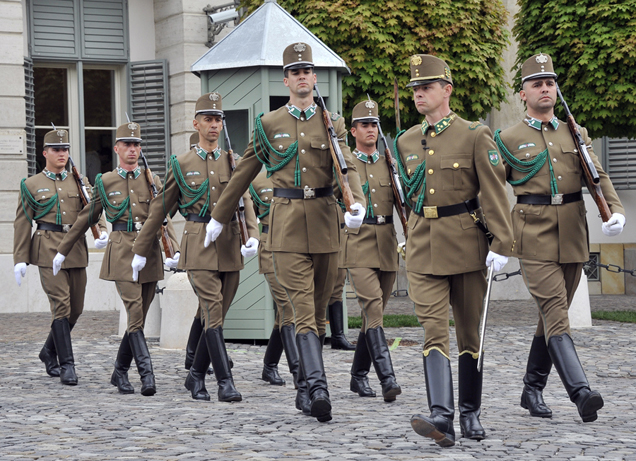
When we think of the changing of the guards, we automatically think of London but in Budapest you experience a completely different atmosphere. In the Hungarian capital you can see the parade of changing guards at two placces: at the Sándor Palace in Buda Castle, where the residency of the Hungarian president locates, and in […]
Historical Museum of Budapest, Buda Castle
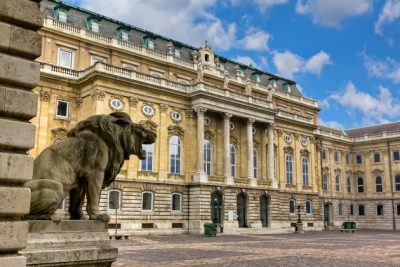
The exhibitions in the Budapest History Museum in the Royal Palace of Buda Castle focus on the turbulent history of the 2000 years of the city now known as Budapest: what the once separate towns of Buda, Pest and Obuda were like. Much of the exhibits were lost in WWII, but you will still see […]
Transport Museum, Budapest
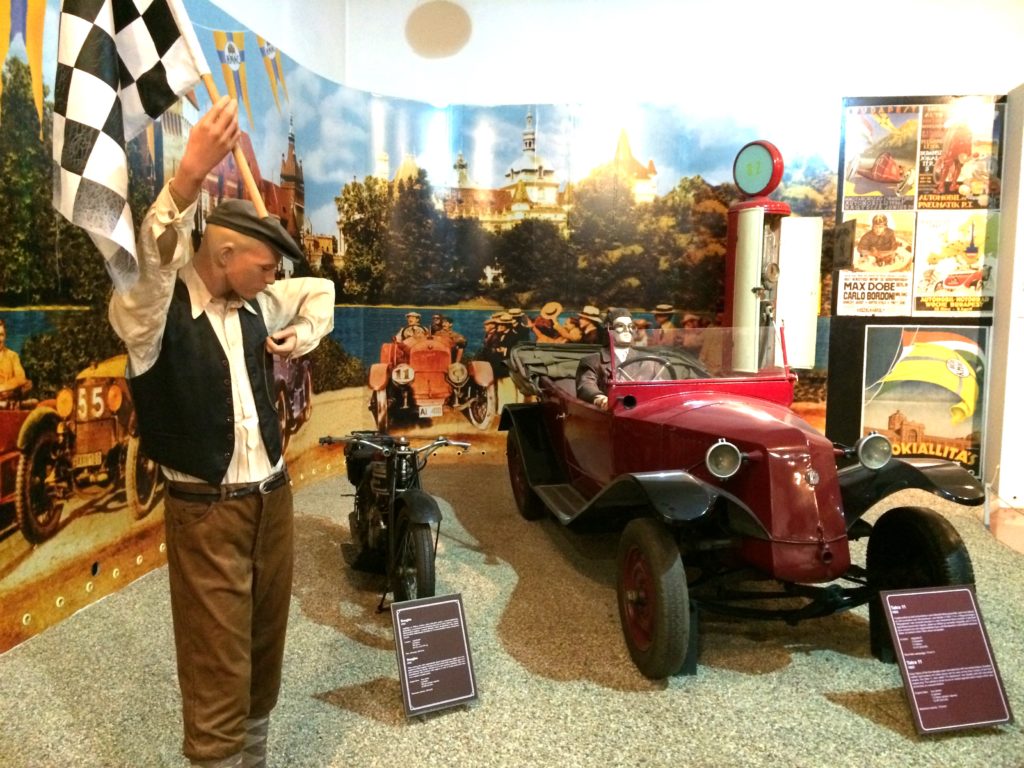
The site of today’s museum was built in 1896 as the “Transportation Hall” for the Milleneum Exhibition. Three years later the Royal Hungarian Transport Museum was opened in the same building. Unfortunately in WWII the museum suffered serious damages, – only about one third of the exhibits were spared. The building was restored in a […]
Hungarian National Museum in Budapest
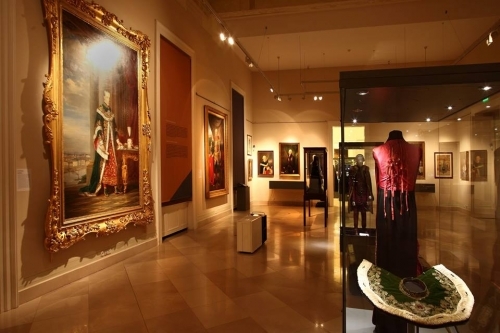
On 25th November 1802, Count Ferenc Széchényi- father of the ‘greatest Hungarian’, Istvan Széchenyi – decided to ‘donate, deliver, and assign’ his rich collections ‘for the use and benefit of my dear homeland and people, irrevocably and forever’. The Law XXIV of 1807 states that Széchenyi ‘made over, with all rights, his extensive and choice […]
Museum of Fine Arts, Budapest
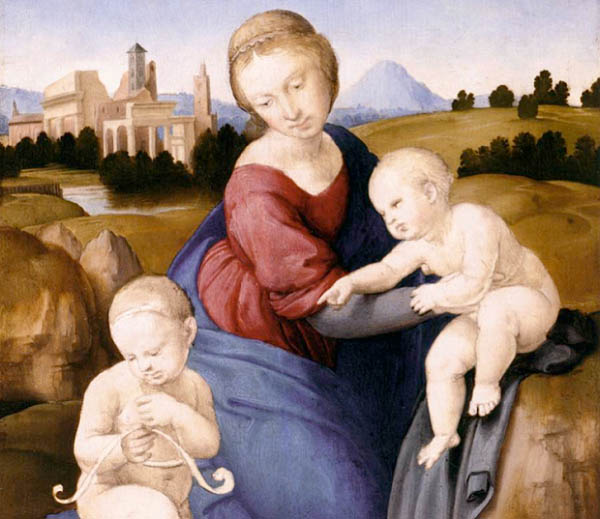
[The Museum of Fine Arts, founded in 1896 was built by the plans of Albert Schickedanz and Fülöp Herzog in an eclectic-neoclassical style, between 1900 and 1906. The collection features the history of visual arts in Europe from the 13th up to the 20th century. Its unique in the world, as while in Europe most of the great […]
Museum of Applied Arts Budapest – the gem of Hungarian secession
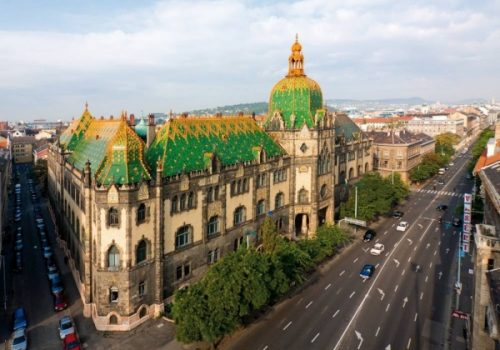
Art Nouveau as a style always provokes a reaction, and it is impossible to remain indifferent. The style is considered by many to be stunningly beautiful, with shimmering colours and imaginative forms, while others find it the height of bad taste. Actually art noveau or secession („modernismo” in Spain, „jugendstíl” in Austria and Germany) is […]
Traditional Culture of the Hungarians – Museum of Ethnography, Budapest
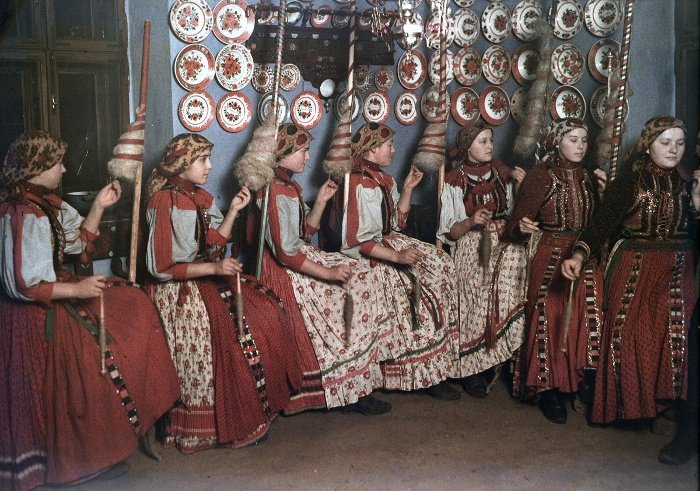
The Museum of Ethnography’s permanent exhibition offers visitors a glimpse of the material culture of the Hungarian peasantry as it was from the end of the 18th century until the First World War. Through thirteen rooms of material, the exhibition illustrates the ethnic and religious diversity of the peoples of the Carpathian Basin, the forms […]
Hungarian National Gallery
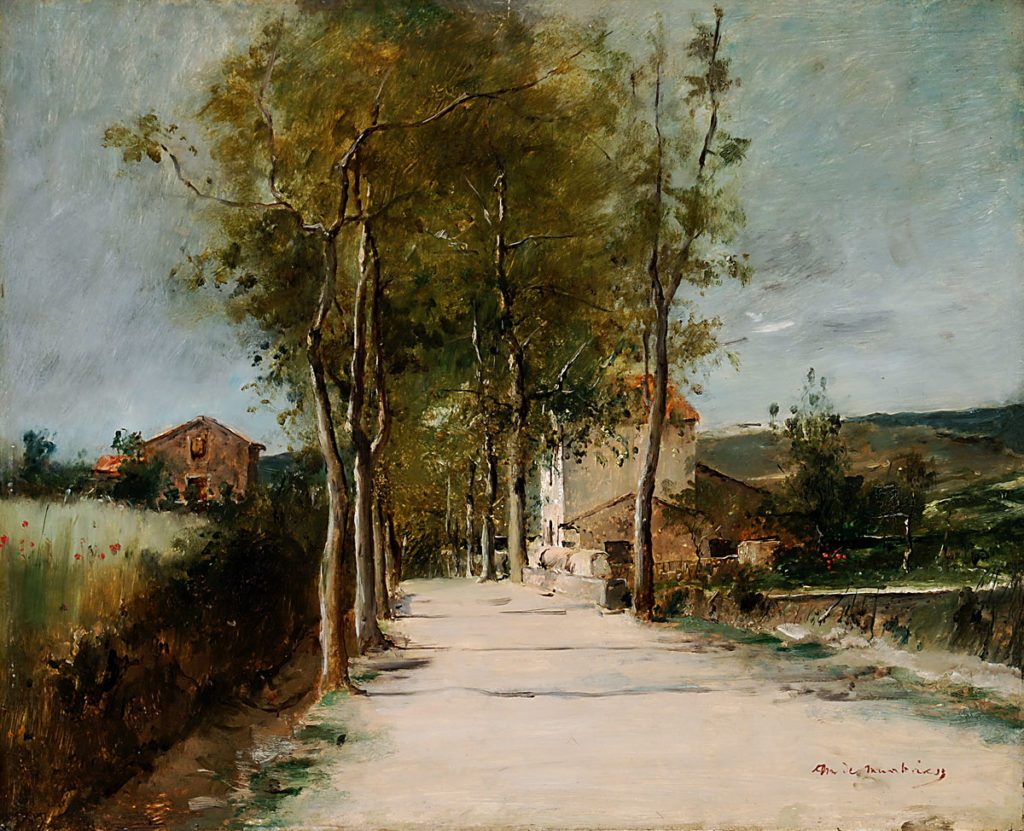
The National Gallery was created in 1957 with the aim to have a separate museum dedicated to the history of visual arts in Hungary. Originally it located opposite to the Hungarian Parliament, where the Ethnography Museum of Budapest stands today. It moved to Buda Castle in 1978. Exhibitions in the National Gallery feature the history […]

